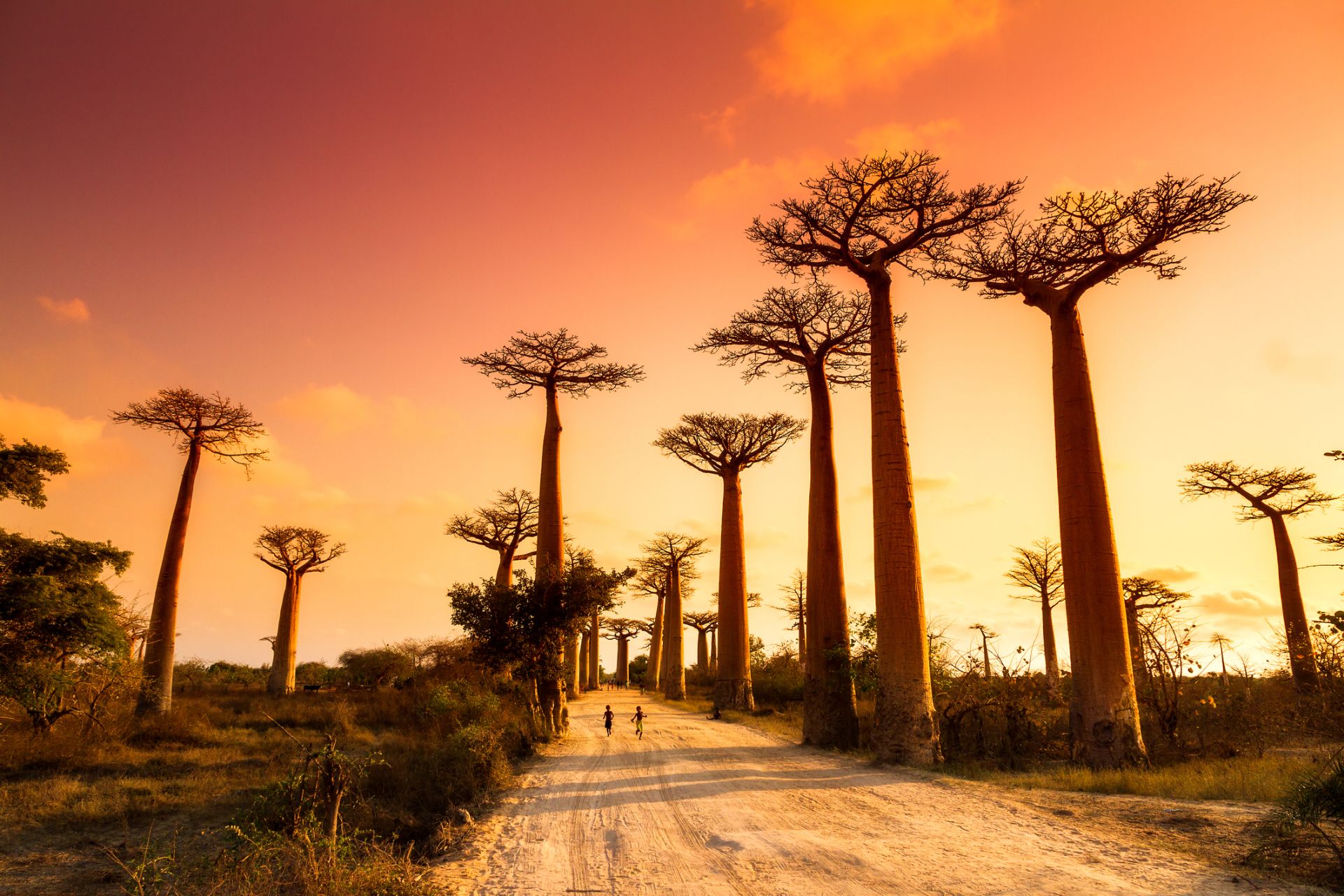Tropical rainforests in the east, high mountains in the middle of the island, dry thorny vegetation from which baobabs peek out in the west, white beaches and colourful underwater world of the Indian Ocean, bizarre rock forest, reddish-brown bends of rivers, villages between rice terraces, tea and vanilla, lemurs, chameleons and smiling Malagasy people. Welcome to a tropical paradise of unique beauty!
Madagascar, the planet’s fourth-largest island, is a veritable treasure trove of unique biodiversity. Its isolation from the rest of the world has resulted in a “mini continent” teeming with wildlife found nowhere else on Earth. The largest island in the Indian Ocean and the fourth largest island in the world is also the oldest island. As part of India, it was wedged between present-day Africa and Antarctica within the Gondwana supercontinent and became completely independent very early, 90 million years ago, resulting in a high degree of endemism. 90% of the 200,000 species of life in Madagascar occur only here and nowhere else.
The cultural tapestry of Madagascar is as diverse as its wildlife. The island’s first inhabitants hailed from far-off lands such as Indonesia, Sumatra, and Java. Over the centuries, waves of settlers from various corners of the world have added to this cultural melting pot. Today, the Malagasy people are a vibrant blend of these diverse influences.
Despite its economic challenges, Madagascar is a paradise for the adventurous traveller. Its natural wonders range from the UNESCO-listed Bemaraha National Park with its unique limestone formations known as tsingy, to secluded coves that were once the hideouts of pirates. A journey to Madagascar is not just a trip—it’s an adventure into a world unlike any other.
- Road No. 7 – National parks and local life
- Mountain villages and visiting Malagasy people
- Ranomafana National Park
- Travel by train or “Mora mora”
- Andringitra National Park and Ascent to Pic Boby
- Isalo National Park and the western tip of the island
- Baobab alley and Tsingy stone forest
- Baobabs and the famous alley near Morondava
- Relax in the north – white sand beaches, corals and vanilla
Madagascar: Road No. 7 – National parks and local life

Madagascar is a large island with very old infrastructure, so let’s set aside enough time to visit and let’s not forget that the journey itself is also a destination. Let’s first take the only reliably passable, mostly asphalt road No. 7 south of the capital Antananarivo, nicknamed “Tana”.
Madagascar: Mountain villages and visiting Malagasy people
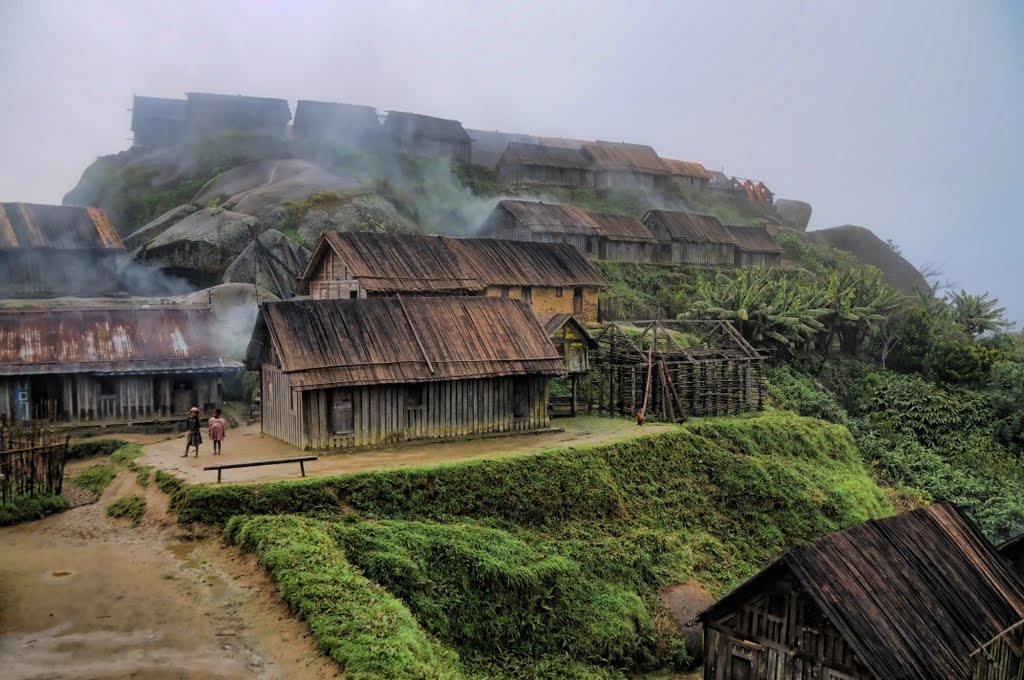
After four hours we arrive in the town of Ambositra, the centre of the woodcarving area of the Zafimaniry tribe. Although the surrounding forests and wood have decreased significantly, we still admire the beautiful carvings of shutters, doors and gallery columns here and in the surrounding villages. On the way south we can turn in Ivato on a dirt road leading to the mountain village of Antoetra, nicely nestled between the deep green terraces of rice fields. There are more hiking trips, for example to the village of Ifasina.
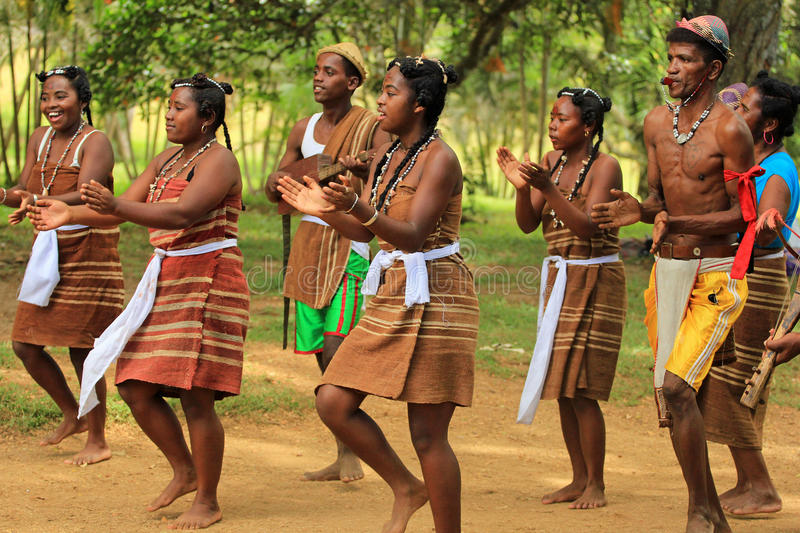
The original inhabitants of Madagascar, the Malagasy people, do not originally come from Africa but came from distant Indonesia and Malaysia. They brought their agricultural skills and their favourite rice with them. They began to build terrace fields, using diverted water from mountain streams and rivers. To this day, they work from morning to evening to make a living, cultivate fields with incredibly primitive tools, walk everywhere, and most of them have no more than a mud hut. Unfortunately, there has been massive deforestation throughout history and the country is struggling with extensive erosion. By economic standards, Madagascar is the 11th poorest country in the world. However, modest and hard-working people do not suffer from hunger, and they probably do not even know about the conveniences of the modern age, for which they could spend money unnecessarily. Perhaps that is why they are smiling and give the impression that they are missing nothing.
There are eight tribes living in Madagascar that have their own dialects as well as various taboos called “fads”. Although the Malagasy are officially majority Christians, we find the remains of a very strong cult of ancestors. Funeral rituals are interesting when the graves are characterized by stone stelae, which are supposed to commemorate the legacy of the ancestors and embody the connection to the dead. A local shaman helps to choose a suitable place.
Fascinating is the famadihana ritual, turning the bones. The celebration of the exhumation of the dead, where the locals take their dead from their tombs, cleanse them, change them and then organize a party full of food, drink and merriment with them, is inherent in the tribes inhabiting the central highlands. We probably won’t come across such a celebration, it takes place approximately every five years, but it is very private and real to be shown to tourists.
Madagascar: Ranomafana National Park
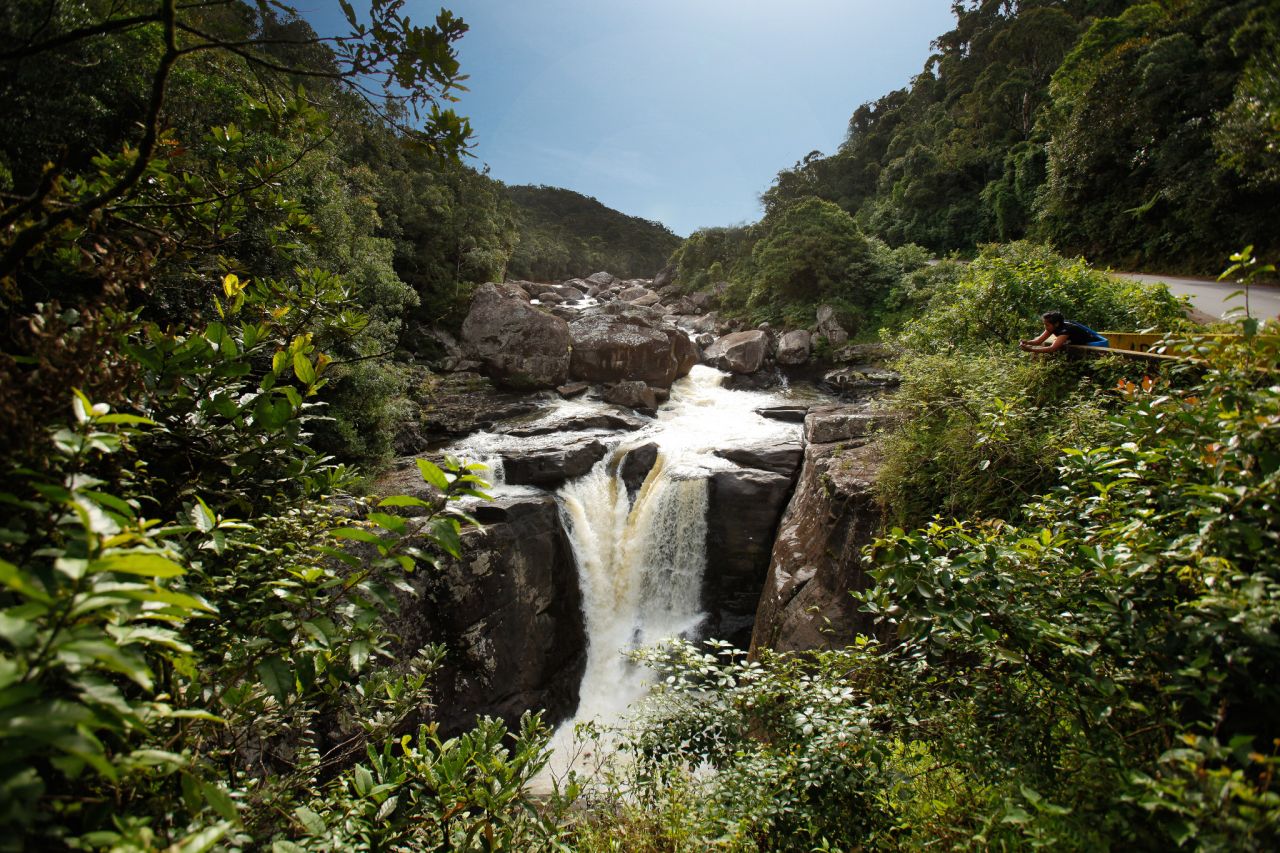
Just before the town of Fianarantsoa, a two-hour drive from Ambositra, we turn to Ranomafana National Park. Thanks to good accessibility, it is the most visited park in Madagascar. It lies on the humid eastern side of the island, where the monsoons coming from the east of India fall and is therefore covered by rainforest. This relatively small area escaped felling.
Trips to the mountain jungle are very well organized. Each group is assigned a guide and a “spotter” who looks for the wild animals in front of the group. With the tour you get to a bamboo forest, where you can see a golden lemur, countless waterfalls in deep, tree ferns, orchids and vines overgrown with ravines, the mighty river Namorona, which flows through the park, colourful frogs and chameleons. Some trails lead up into the hills and offer a nice view of the flood of greenery. The highlight is the opportunity to see some of the lemurs, Madagascar half-monkeys of various colours and sizes. At night you can see chameleons sleeping, clinging to the thin ends of tree twigs and bushes so that snakes cannot attack them.
Madagascar: Travel by train or “Mora mora”
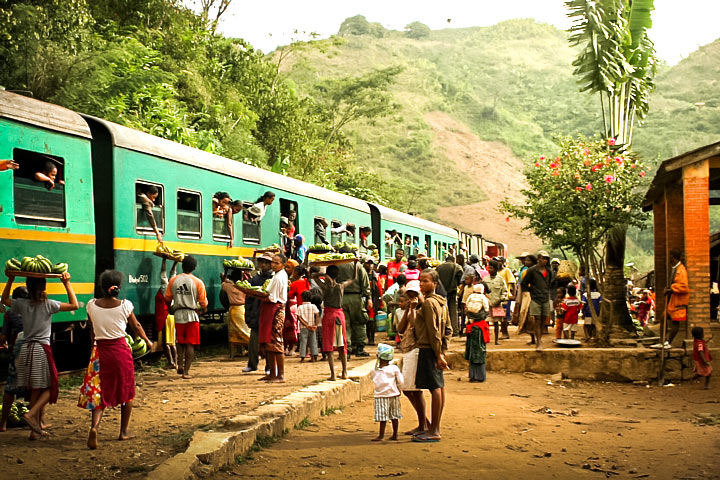
Fianarantsoa also has Madagascar’s only FCE railway, which runs here from the port of Manakara on the east coast. The French colonizers built it as a transport artery for the transport of goods and sugar cane inland before the 1990s, and nothing has changed on the railways since then. Travelling by train is very popular among the local Malagasy people. Perhaps it is more comfortable and reliable than transport on trucks. The local trains are however very often delayed and when en route, moving rather slowly. At each station, the train waits for all passengers to buy and organize the products of local manufacturers before moving on. Despite all of the delays and uncomfortable travelling, the wonderful views from the train and very close insight into Malagasy culture are worth it! “Mora mora” is a common phrase of the Malagasy and meaning ‘slow, slow’ or ‘take it easy’.
Madagascar: Andringitra National Park and Ascent to Pic Boby
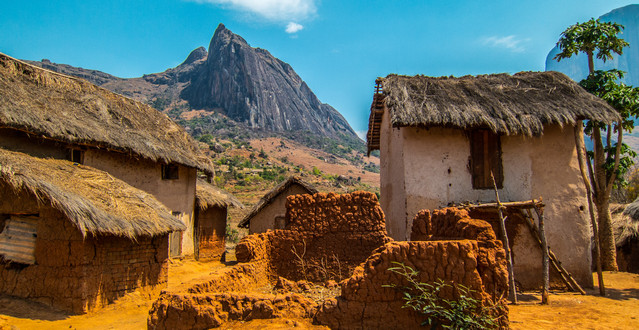
The starting point for trekking in Andringitra National Park is the city of Ambalavao, a centre of handmade paper manufacture. The women cook the bast in a cauldron, then beat it with mallets and pour it into a sieve. They then add small flowers to wet paper, which dry in it.
The Andringitra massif has an alpine character. The vegetation gives way to bare rocks and we even feel the winter here. The highest peak of Imarivolanitra, called Pic Boby, is 2658m high and is the second-highest mountain on the island. Unlike the highest one, this one is relatively available during a three-day trek. Camping in the middle of untouched landscape offers a truly wonderful experience.
Madagascar: Isalo National Park and the western tip of the island

The very easily accessible Isalo National Park is located just off the road No. 7, about 700 km from the capital. Going here by train will leave you in the shadow of almost 3 thousand metres high mountains in the middle of the island. The west of the island is very dry, in some places, it rains only a few days a year. In the Isal you will see plains overgrown with dry grasses, an open landscape with distant sunny views and sandstone rocks eroded into incredible shapes and deeply cut canyons. It is reminiscent of Arizona parks or Uluru, Australia.
As a reward, after more than a week’s exploration of all the beauties along the road No. 7, you will descend to the sea level, to the town of Toliara and a little north along the coast to the resort of Ifaty. On the nearby coral reef, you can enjoy snorkelling and diving or visit the Reniala nature reserve, where you will find the original dense growth of thorny bush – tall bushes, from which baobabs peek here and there. 95% of everything living in Reniale is made up of endemics – they are so adapted to the local drought that they cannot live anywhere else.
Madagascar: Western Magadaskar – Baobab alley and Tsingy stone forest

Let’s head west from Antananarivo, the wild, inaccessible and most adventurous part of the island. We can get to Morondava comfortably by domestic flight from the capital or from Toliara. Let’s do it in at least one direction. The journey around the country is quite adventurous and, even with good navigability, takes nine hours by rented jeep from the town of Antsirabe. We can diversify this land trip with a three-day cruise together with the locals on the river Tsiribihina from the town of Miandrivazo to the town of Belo-Tsiribihina, where we will meet a jeep driver.
Madagascar: Baobabs and the famous alley near Morondava
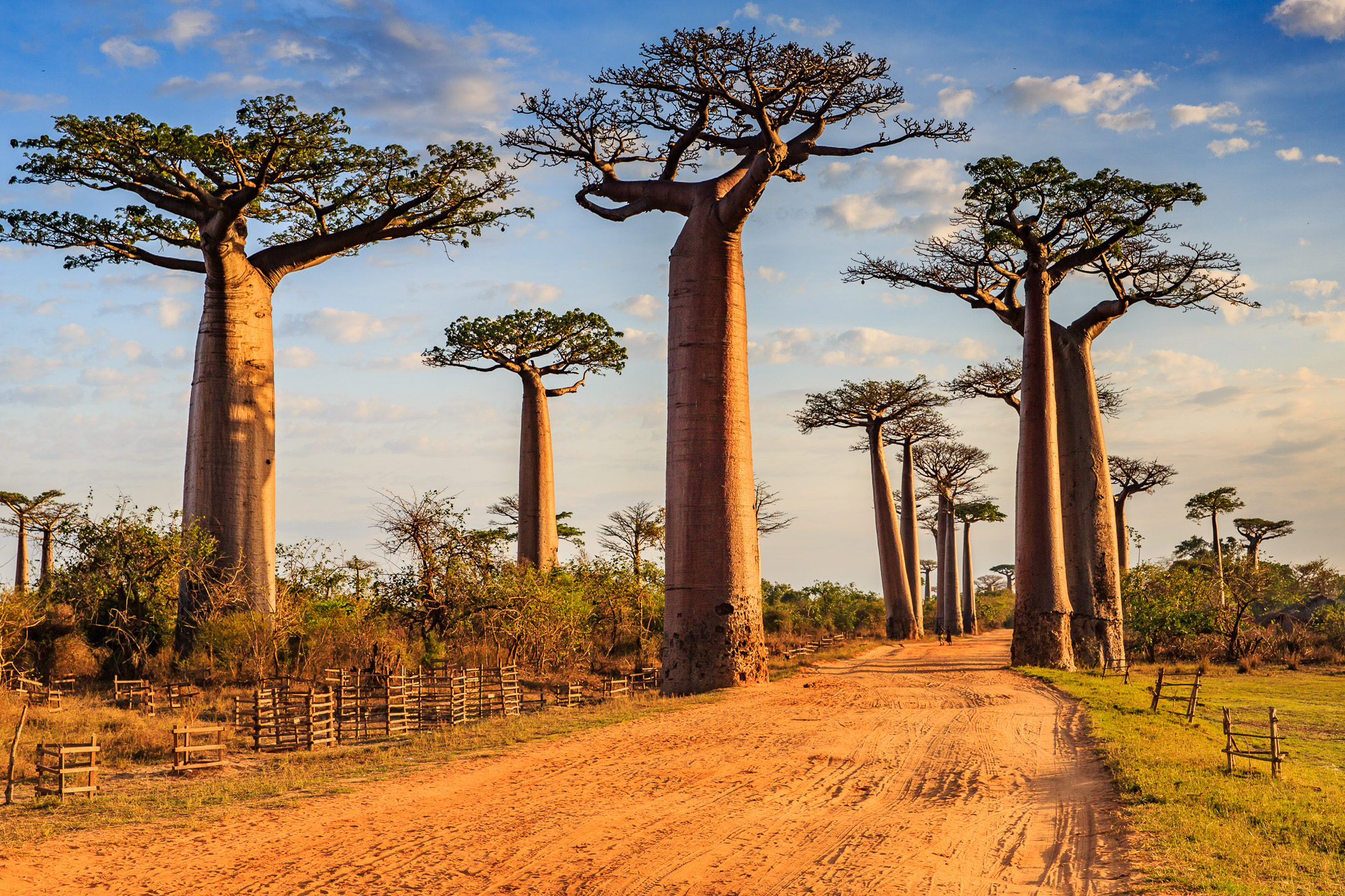
The roots of the space tree stick to the sky as if it had flown in from another planet and stabbed the earth with its tip. I blink a few times and look again and better: the tree is standing properly and the branches of the baobab arching wide over a trunk as thick as the pillars of Egyptian temples.
Baobabs, up to 2000 years old, exist in six endemic species in Madagascar, with other two species to be found in mainland Africa and Australia. Baobabs mostly choose to grow in tropical areas with a longer period of drought, to which they are fully adapted. The trunk, which does not have annual rings due to its high porosity, soaks up a huge amount of water during the rainy season to have supplies for the dry part of the year when it sheds its leaves.

In Madagascar, baobabs grow on the western side of the island, but mostly alone, separated from each other. To its surprise, a very interesting view will be provided to a grove of about twenty trees located around the “main” road north from the city of Morondava to Belo-Tsiribihina. The famous Baobab alley of Adansonia Grandidieri with locals walking on red clay road barefoot is surely worth visiting. Among the trees, there are several local huts, ready to sell a wooden statue to occasional tourists.
Madagascar: Relax in the north – white sand beaches, corals and vanilla
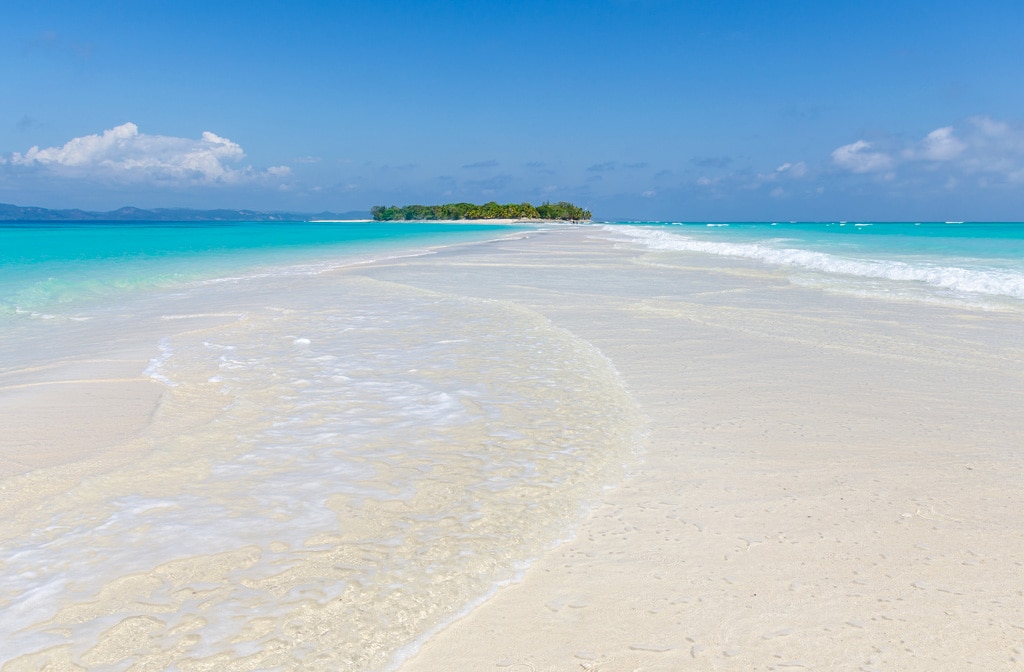
Even though still on board of the plane, you will spot the most beautiful Montagne d’Ambre National Park underneath you. The volcanic mountain range overgrown with rainforest and abounding in all the fauna and flora of the tropics is crowned by crater lakes, the edges of which are unusually green on the volcano, overgrown with lush vegetation.

Almost 50% of the world’s vanilla production is grown in the north and north-east of Madagascar. Its brown to black pods in whole bundles can be bought at every step. Vanilla capsules are the fruit of a tropical creeper that was once brought to Madagascar from Mexico. It is very high quality and its aroma is extremely strong.
After exploring Madagascar, the fourth largest island in the world, you will definitely deserve a rest on the island of Nosy Be. It is a world-famous destination, which is as if torn from other Malagasy reality. Here you will find luxurious and nicely designed hotels, sandy beaches, azure sea and corals, which can be reached by many tour boats offering snorkelling.
Madagascar has so much to offer that anyone who visits it will find it very hard to forget this unique blend of culture and wild nature experience.

